After a long (20 hours) and fairly comfortable flight I arrived in Islamabad at 3:35 in the morning. I traveled Business Class on Turkish Airlines and I have to give them a big thumbs up! The flight attendants were active and courteous, the food was excellent and the accommodations were comfortable.
I was surprised to find Islamabad had opened a new and very nice International Air Terminal and the immigration setup since I was here in 2019. The shiny new terminal was very well organized to move foreign tourists through rapidly. Unfortunately, Pakistanis as a rule don’t seem to follow rules. Any rules – whether driving or lining up and waiting their turn. Since I was in first class, I exited the plane first so I and the other foreign travelers reached immigration first. We were all lined up patiently waiting our turn behind the designated blue line when 200 Pakistani young men returning from Istanbul arrived and simply broke thru all the rope lines and charged in mass to every immigration window. Every window regardless of whether for Pak citizens, foreign passengers or diplomats had 15 to 20 young Pak men pushing and shoving demanding their papers be checked first.
The immigration agents tried repeatedly to explain they had to go to the domestic line but the Pakistani men would have none of it. It finally required armed security to move the rowdy rambunctious anarchist to their own lanes. But once I got in front of the agent he cleared me in less than a minute, my bags were waiting on the belt in baggage claim when I got there and customs just waved me through the green lane without even asking what I was carrying in my bags or x-raying the contents. Incredibly once the guards cleared the flash mob I was completely through the process and meeting my driver in less than 10 minutes.
By 5am I was undressed and in a king-sized bed for some real sleep. I know better than to sleep after a long haul trip that makes the jet lag worse but I was whipped and had no plans for the first day anyway. I slept from 5 to 9am then had one of the Marriott Hotel’s fantastic buffet breakfasts. I was back in bed by 10am and slept until 5pm waking again only to eat. After dinner I posted some photos on face book and posted my first blog of 2021. Then I couldn’t sleep and was up all night and morning until Manzoor picked me up to drive north at 7am.
The drive to Chillas was supposed to take about nine hours over some pretty rough roads. I have had many people ask me if Pakistan is safe. Do I worry about being kidnapped by terrorists or criminals. This is my second trip to Pakistan and I have never had a problem or even felt like I was in a compromising situation. For the most part the people of Pakistan are very friendly, open and welcoming as long as you don’t wander into some place you shouldn’t be and treat their culture and religion with respect.
The real danger you face in Pakistan are the roads and the bat shit crazy drivers. On my first day’s drive north from Islamabad to Chillas we witnessed a young man loose his life trying to out run a bus doing 160 kilometers an hour before we even left the city. And then our driver ran us into a granite wall about 5 hours into the drive.
We began our trip north driving on the Karakoram Highway (and calling this goat track a highway is being extremely charitable). This road is the only ground route north to the East side of the country. The road alternates between being paved with car eating sized potholes for a quarter mile then a quarter mile of gravel/crushed rock deteriorating into first an off road jeep track then a glorified goat track. To make matters worse the road isn’t even a legitimate two lanes wide. In many places the road goes from a lane and half wide to one lane with a solid rock wall on one side and a sheer drop off with no guard rails on the other.
Add the terrible road conditions, the heavy car, bus and commercial truck traffic and the Pakistani Fight Club on wheels driving philosophy and you have created the perfect storm or death trap. In one week while we were in the north the road averaged two to three accidents per day with 6 to 7 deaths.
Pakistani drivers think nothing of passing on blind curves, into on-coming traffic or threading the needle passing a large truck on a blind curve of less than two full lanes with the right side tires barely avoiding dropping off the side of a 1000 foot drop. It occurred to me as we drove that this must be where every Pakistani taxi driver in America learned to drive. Passing Lanes – screw em, speed limits – suggestions. Traffic lights – for amateurs.
So forget about getting your head chopped off by terrorists, don’t worry about getting kidnapped by a blood thirsty gang – pray you survive a road trip with Pakistan’s Mad Max!
Back to our little mishap – about 5 hours into our drive north the rocking and rolling side to side of the SUV dropping into potholes and climbing over berms combined with the fact I had not slept the night before and the playlist of Etta James, Ray Charles and Sam Cooke rocked me to sleep. One minute I was peacefully dozing and the next minute I was rudely wakened by the loud bam of metal hitting granite at 40 to 50km and being thrown up and forward then sling shotted back in an instant awake.
Groggy from both sleep and shock it took me a few minutes to realize the severity of the  accident. I thought we maybe blew a tire or bottomed out in a crater sized pothole. Only after I got out and looked at the SUV did I see the true extent of the damage. In short the vehicle was totaled. The impact ripped the front left tire completely off the axle, ripped the axle from the drive shaft and the motor mounts from the frame. Not to mention there were huge chunks of plastic, fiberglass and metal stretching 20 feet in all directions. Looked like we might have hit one of those IED things.
accident. I thought we maybe blew a tire or bottomed out in a crater sized pothole. Only after I got out and looked at the SUV did I see the true extent of the damage. In short the vehicle was totaled. The impact ripped the front left tire completely off the axle, ripped the axle from the drive shaft and the motor mounts from the frame. Not to mention there were huge chunks of plastic, fiberglass and metal stretching 20 feet in all directions. Looked like we might have hit one of those IED things.
Fortunately we were able to hitch a ride with a manager of the Construction Company building this road and his driver in an extended cab Toyota pick up the rest of the way to Chillas. And this driver was even scarier than the first guy. He passed other vehicles daring them to not get out of his way.
The ride in the pickup presented three problems for a fat, old, 6 foot 3 inch American. First there is very little leg room in the back seat of these trucks. seven hours of my arthritic old knees locked in one position I was sure I would be crippled for life. Second being of man of a certain age I have made a practice of never passing up a bathroom. Since beggers can’t be choosy and the manager was running late for a meeting in Chillas I had to hold it for 7 hours of bouncing in the back seat of the truck.
And finally I had not eaten since 6:30am and the accident happened around 2pm I was starving by the time we climbed into the back seat of the Toyota. Manzoor planning ahead had stopped in Besham to pick up some grilled chicken and fries to eat along the way since all the restaurants were closed for Ramadan and had the foresight to grab the bag before we abandoned our SUV.
But I felt it would be rude to eat in front of these two Good Samaritan Muslims in the middle of their fast (during Ramadan the faithful do not eat or drink from 3:30am until 6:30pm for the full month). So I sat there for hours starving smelling the inviting aroma of grilled chicken wafting up from the bag, needing to heed the call of nature and feeling my knees screaming at me with every jolt of a pothole for hour upon hour. Finally somewhere along the highway to hell the driver stopped in a village and he and his boss jumped out without a word and left us in the truck. Turns out they stopped to go to mosque to pray. Which allowed Manzoor and I to quickly wolf down some chicken and fries while they prayed our driver wouldn’t kill us before I could relieve myself in Chillas.
 Finally the guys dropped us off at our guesthouse in Chillas and I made a beeline for the bathroom on groaning and cracking knees. After an hour stretched out on a bed, a quick dinner of more grilled chicken, French fries and nan, a good night sleep I was ready for the next day’s hike into Fairy Meadow.
Finally the guys dropped us off at our guesthouse in Chillas and I made a beeline for the bathroom on groaning and cracking knees. After an hour stretched out on a bed, a quick dinner of more grilled chicken, French fries and nan, a good night sleep I was ready for the next day’s hike into Fairy Meadow.
But before the trek we faced another two hours on the highway to hell, then an hour and half off road jeep ride up the mountain to Tatu Village (the trail head for Fairy Meadows and the Nanga Parbot basecamp.
There are about 200 people that live and tend their flocks of sheep and goats and small herds of cattle in Fairy Meadow. The animals and villagers spend the winter in Chillas then in May drive the animals on foot for days along the Highway to the Riakot Bridge where we began our jeep ride then up the mountain to Tatu Village. The entire clan of 200 spend May in their Tatu homes as their animals graze the surrounding mountain sides and valley then move up to Fairy Meadow in mass in early June. They live in the Fairy Meadow village from June to October tending their animals felling trees and turning massive tree trunks into usable one inch planks of lumber which they use to build guesthouses to rent rooms to tourists.
Interesting the Villagers who used to make their living from tending animals now make more income from tourism than agriculture. Thousands of people flock to Fairy Meadow to Escape the summer heat of the cities. Since I wast there in early May and people are still a little afraid of Covid I only saw three other visitors – all on rented horses. Toward the end of the long slog up the mountain I asked Monzoor about the people on horseback. I think he enjoyed telling me most of the thousands of visitor to Fairy Meadow ride horses up the mountain rather than walk. By this time my legs were cramping from the six mile climb up steep uneven terrain. I sometimes wonder if I am stupid, crazy or just punishing myself for being a nasty human being – why the hell didn’t I rent a damn horse!
But I have to say when I reached Ferry Meadow and watched the sunset in the valley I knew every step along that trail was worth it. I hope as you look at the photos I post with this narrative you can appreciate the beauty and majesty of these rugged mountains and respect the people that have made their lives for generations in this beautiful but harsh land.
After more grilled chicken, more French fries and more nan I limped down to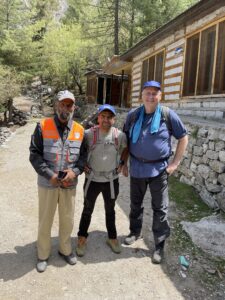 my cabin and fell into bed. Unfortunately, I did not get a lot of sleep because my legs and feet were cramping all through the night from two days of sitting in one position in cars and jeeps and 20 hours of flying in one position followed by mile after mile of trudging uphill for hours.
my cabin and fell into bed. Unfortunately, I did not get a lot of sleep because my legs and feet were cramping all through the night from two days of sitting in one position in cars and jeeps and 20 hours of flying in one position followed by mile after mile of trudging uphill for hours.
Next morning we hiked on up to Bayal Camp a 61/2 mile round trip. Then the final morning we hiked back down the mountain to Tatu Village,mthen took the 4 wheel drive jeep down to the bridge followed by a two hour drive to the Village of Shigar.
I stayed overnight in the Shigar Fort built in the 17th century by the Raja of Amacha that has been converted into a small hotel.
Sites worth visiting in or near the village included the Khilingrong Mosque, the Amburiq Mosque, Manthoka Waterfall and Blind Lake.
The Khlingrong Mosque just a short walk from the Fort is a beautiful wood and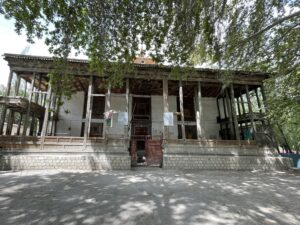 stone two story structure built in the 17th century. The ground floor was used in the winters and the first floor in the summer. The wood is exquisitely carved with geometric and floral patterns. As you can see from my photos the mosque is still in use today.
stone two story structure built in the 17th century. The ground floor was used in the winters and the first floor in the summer. The wood is exquisitely carved with geometric and floral patterns. As you can see from my photos the mosque is still in use today.
The Amburiq Mosque is one of the oldest mosques in all of Baltistan built in the 14th century by the Kashmiri preacher Sayed Ali Hamdani with the assistance of Iranian craftsmen.
We stopped for an impromptu lunch of fresh caught fried trout and fries at the base of the 180 foot Manthoka Waterfall. The falls are located up near the head of the Kharmang valley in a peaceful meadow. And since my visit was in the middle of Ramadan I had the place to myself.
Zharba Tso or as it is better known Blind Lake, is a lake set in a spectacular location surrounded by snow covered peaks offering incredible photo options from every possible angle. The lake is fed by the Indus River and is the main water source for the Shigar Valley.
From the Shigar Valley we crossed over to the Khaplu Valley to spend two nights in the beautifully restored 19th century Khaplu Palace. Even had the valley not offered several very interesting sites, spending two nights in this incredible property would have been worth the trip. The rooms and grounds ooze of history and legend. Some of my favorite photographs of the surrounding mountains were taken from the palace’s rooftop lattice work gazebo.
But the Palace was just the jumping off point to visit the beautiful 700 year old Chaqchan Mosque, the Hushey Valley and village, Upper Kachura Lake, Katpana Desert Lake and Sadpara Lake.
The Chaqchan Mosque is one of the oldest in all the Gilget- Baltistan region and is similar 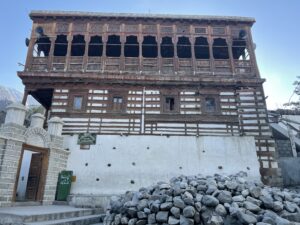 to most of the mosque of the area built as the entire population converted from Buddhism to Islam. The architecture blends the best of Persian, Mughal, and Tibetan styles and it is still in use today as the principle place of worship for Muslims in Khaplu. The interior photographs of the mosque were taken by my friend and guide Manzoor since non-believers are not permitted in the interior of the house of worship,
to most of the mosque of the area built as the entire population converted from Buddhism to Islam. The architecture blends the best of Persian, Mughal, and Tibetan styles and it is still in use today as the principle place of worship for Muslims in Khaplu. The interior photographs of the mosque were taken by my friend and guide Manzoor since non-believers are not permitted in the interior of the house of worship,
Our trip to Hushey Valley was particularly interesting to me as a former mountaineer. The village of Hushey is the last village before the Indian Frontier but more importantly this is the last stop before the 7 day trek to K2 basecamp. In fact four different 8,000 meter peaks are reached from this remote village (K2, Broad Peak, Mashabrum and Gashabrum). While there we ate a quick lunch of grilled chicken and French fries as we talked with a local high altitude porter about his experiences summiting all four elite technical peaks.
A quick aside about anytime I refer to a quick meal of grilled chicken – it was not actually so quick! As a boy I can remember my father always complaining when a meal was taking too long to remark that they must have had to go out back and kill the chicken or pig – in Little Tibet that is exactly what happens. You order grilled chicken and someone kills, plucks, cleans, chops up and cooks the chicken while you wait.
One odd coincidence occurred as I walked around looking at framed photographs of  climbing expeditions on the walls of the guesthouse while I was waiting for my fresh grilled chicken. I looked at one photo and did a double take. Photographed surrounded by an entire female climbing team from a 2010 climb was an old friend and world class climber Fabrizio Zangrilli. Fabrizio was apparently the expedition guide. I have not seen him in twenty years nor thought about him recently. It was quite a shock to see his photograph in such a remote location. Just goes to show what a small world we live in.
climbing expeditions on the walls of the guesthouse while I was waiting for my fresh grilled chicken. I looked at one photo and did a double take. Photographed surrounded by an entire female climbing team from a 2010 climb was an old friend and world class climber Fabrizio Zangrilli. Fabrizio was apparently the expedition guide. I have not seen him in twenty years nor thought about him recently. It was quite a shock to see his photograph in such a remote location. Just goes to show what a small world we live in.
On the way back from Hushey we stopped at a fish farm for more fresh trout, fries and tea. It may seem like I was eating my way across the countryside but these meals were hours and hours apart as we slowly bounced are way across mountains and valleys on unpaved goat tracks. Eventually, we made our way back to the Palace in Khaplu and took a nice evening walk around the village to stretch our legs.
While on the walk we passed the village polo grounds and I should mention that every 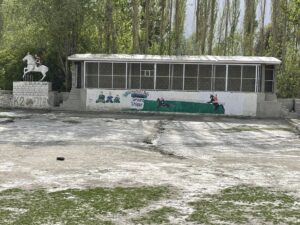 village no matter how small has a polo field. Even the remote high summer village of Fairy Meadow has their own field. These people are crazy about polo and claim they invented the sport. And I am guessing they probably did except they used a goat pelt or an enemy head for the ball in ancient times. On my 2019 trip I visited the highest polo grounds in the world at Shandur Pass playing at an elevation of 12,000 vertical feet.
village no matter how small has a polo field. Even the remote high summer village of Fairy Meadow has their own field. These people are crazy about polo and claim they invented the sport. And I am guessing they probably did except they used a goat pelt or an enemy head for the ball in ancient times. On my 2019 trip I visited the highest polo grounds in the world at Shandur Pass playing at an elevation of 12,000 vertical feet.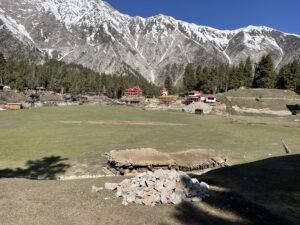
We finished the walk down by the river with fresh watermelon and tea then back to the hotel for a hot shower, dinner and a good night sleep. This might be a good place to mention some of the food from the area. One of my favorite meals was Urdong Bhaley, a simple soup, consisting of a rich beef stock, crushed barley and succulent chunks of beef or mutton. Also quite good is a dish called Chicken Biryani. The chicken is cooked in a mild curry with a tomato base and chunks of fresh vegetables served over spiced rice and served with Nan (the local name for flatbread). I was not very fond of their desserts. Their idea of deserts all involve nuts, honey, fruit and rice. I tried their Walnut Tart and was not impressed. It is basically just a slightly sweet dough baked and filled with crushed caramelized walnuts that seemed to absorb all the moisture in my mouth and grow by the second. I also tried the apricot mousse served with apricot sauce and shaved almonds – again not very sweet.
The next morning the first location on our agenda was the remote Sadpara Lake. Thisbeautiful lake was located high up a picturesque valley with a stunning snow covered mountain as a backdrop. One interesting historical sidenote about the lake is that there is a small rock island (see the photo) in the lake. Years ago one of the Pakistani Presidents was visiting the area when weather closed in and he was stranded there for several weeks. He had the military build him a home on the island for his less than a month stay and then tear it down when the weather cleared and he could return south to his palace. It is nice to be the boss!!!!
I am including photos of Sadpara Lake as well as the other three lakes we visited as well as many photos of the faces of Little Tibet. Speaking of the faces of Little Tibet – the people that live in this remote mountain area near the Chinese and Kashmir/India borders look nothing like most Pakistanis from the south. These folks look like Tibetans and Uyghurs and no doubt trace their linage to both ethnic groups.
If I had to sum up my two visits to Northern Pakistan in a few short sentences – I would just say the natural beauty of this harsh land is breathtakingly stunning, the simple salt of the earth people that scrape out a living in this harsh land are open, friendly and kind. They are shepherds that spend day after day sitting on rocks watching over their flocks, women that spend hour up on hour washing the family’s clothes in nearby streams pounding and rubbing clothes against rock then draping the wet clothing over nearby bushes and low hanging tree branches to dry, children here still play with a hoop an stick as children in America did 150 years ago. Life is simple in these mountains and the people have not been corrupted by modernity. They are friendly and gracious offering tea and fruit and a friendly smile to road weary foreigners invading their solitude.
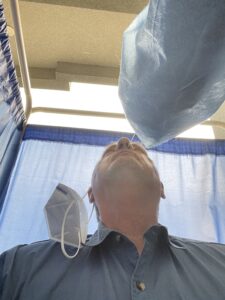 And I can promise you the best possible guide in terms of both the quality of the experience and the cost is my friend Manzoor Hussain. He can be reached on Whats App +92 345 4354348.
And I can promise you the best possible guide in terms of both the quality of the experience and the cost is my friend Manzoor Hussain. He can be reached on Whats App +92 345 4354348.
My next blog was supposed to be from Nepal but Covid has closed Nepal as well as India my next planned stop. So I am scrambling to organize a plan B to fill up my time until I travel to Tanzania to climb Mount Kilimanjaro.

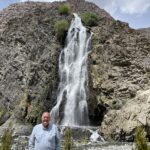
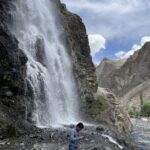
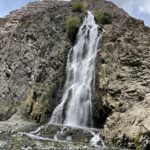
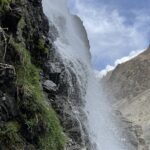

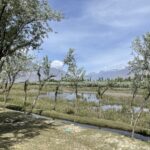
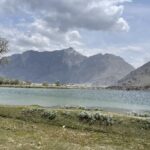
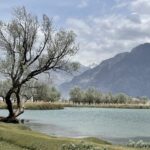
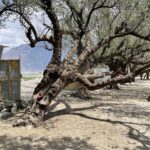























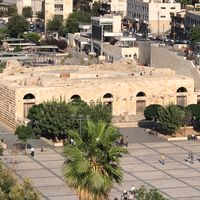











































































































































































































































































































 One other practical tip involves photography. Photography in the tombs is supposed to be forbidden but if you tip the tomb attendant he will not only gladly allow you to take photos but will recommend what are the best points to photograph and will also offer to take photos of you inside the tomb (one even insisted I wear his turban for the photos lol)
One other practical tip involves photography. Photography in the tombs is supposed to be forbidden but if you tip the tomb attendant he will not only gladly allow you to take photos but will recommend what are the best points to photograph and will also offer to take photos of you inside the tomb (one even insisted I wear his turban for the photos lol)



















































































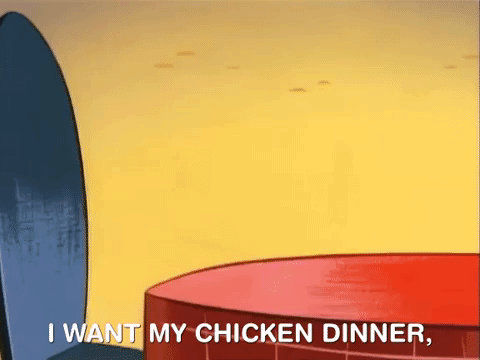 The only significant disadvantage of being forced to use a government approved guide to organize your trip is that you give up all freedom and decision making. The hotel I was assigned was miles from anything interesting to see or do at night and turned out to be totally vegetarian! And I was imprisoned here for two nights. The first night and next morning I passed on their buffets of grass, leaves, roots and sticks all spiced with tongue-numbing chilies and was starving by the time my guide showed up to take me to the Tshechu.
The only significant disadvantage of being forced to use a government approved guide to organize your trip is that you give up all freedom and decision making. The hotel I was assigned was miles from anything interesting to see or do at night and turned out to be totally vegetarian! And I was imprisoned here for two nights. The first night and next morning I passed on their buffets of grass, leaves, roots and sticks all spiced with tongue-numbing chilies and was starving by the time my guide showed up to take me to the Tshechu.






















































































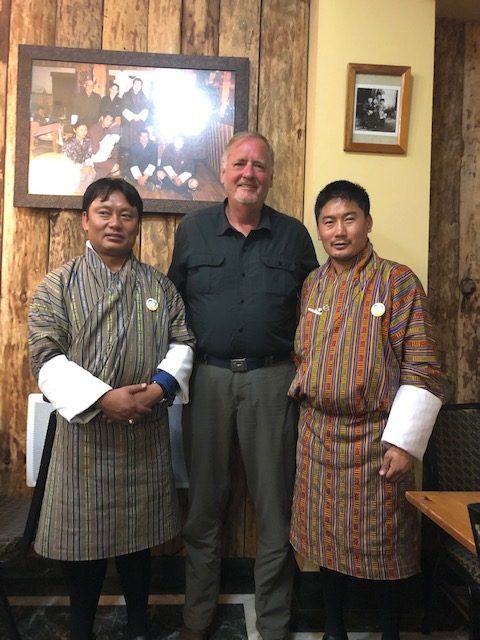






































































































































































































































































































































































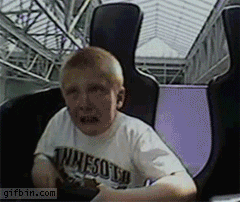 The driver was even a bigger mess. He looked like he was coming off a three-day bender, had been wearing and sleeping the same clothes for days, and drove with a cigarette in one hand and a cup of coffee in the other. He seemed to rarely look at the road as he talked to a guy sitting in his passenger seat or intermittingly stuck his head out his window to shout at passing vehicles. He ran the van flat out with his foot pressed hard on the accelerator. At one point, we passed a truck full of soldiers and as we passed he was hanging out the window wildly gesturing and screaming what seemed to be a stream of curses at the soldiers sitting in benches in the back of the truck.
The driver was even a bigger mess. He looked like he was coming off a three-day bender, had been wearing and sleeping the same clothes for days, and drove with a cigarette in one hand and a cup of coffee in the other. He seemed to rarely look at the road as he talked to a guy sitting in his passenger seat or intermittingly stuck his head out his window to shout at passing vehicles. He ran the van flat out with his foot pressed hard on the accelerator. At one point, we passed a truck full of soldiers and as we passed he was hanging out the window wildly gesturing and screaming what seemed to be a stream of curses at the soldiers sitting in benches in the back of the truck.




































































































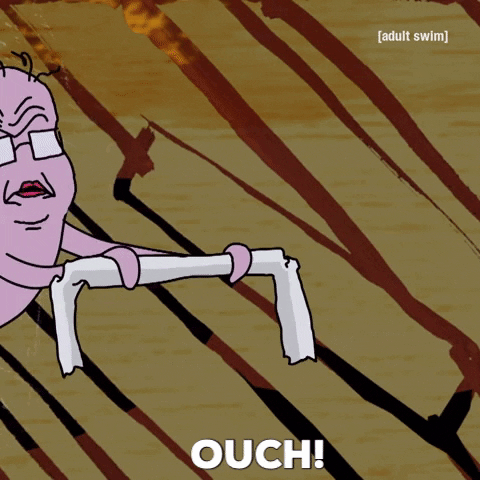 On both this trek and the trek up Rakaposhi in northern Pakistan I could feel the differences in my body at 67. I am clearly slower and haven’t the stamina I had in my 40s and 50s. But, the most concerning change is in my balance. I have always had excellent balance and could comfortably hop from boulder to boulder for hour upon hour without hesitation or misstep. Now at 67 I am no longer so sure footed and depended heavily on my trekking poles to keep me upright and moving without stumbling.
On both this trek and the trek up Rakaposhi in northern Pakistan I could feel the differences in my body at 67. I am clearly slower and haven’t the stamina I had in my 40s and 50s. But, the most concerning change is in my balance. I have always had excellent balance and could comfortably hop from boulder to boulder for hour upon hour without hesitation or misstep. Now at 67 I am no longer so sure footed and depended heavily on my trekking poles to keep me upright and moving without stumbling. 















 But with enough time we hobbled into the guesthouse and a rest for my throbbing knee. As I forced down my fried rice Karan tested my Oxygen absorption level – it had dropped all the way down to 78%. Time to get down the mountain! So off to bed I went to take some Chinese Advil and Massage my knee, quad and hip with Tiger Balm and rest for the long three days ahead.
But with enough time we hobbled into the guesthouse and a rest for my throbbing knee. As I forced down my fried rice Karan tested my Oxygen absorption level – it had dropped all the way down to 78%. Time to get down the mountain! So off to bed I went to take some Chinese Advil and Massage my knee, quad and hip with Tiger Balm and rest for the long three days ahead. The original plan was to get up at 3am to climb mount Kalapatthar 2000 feet above Gorakshep to take sunrise photos of the Everest mastiff. But between my knee issue, the fact that I had not brought a base layer of warm clothes or warm hat, and the fact that we were planning on descending 26 km to Pangboche Village in one long day, I decided not to push myself and slept in. I had already abused my body enough by completing an 8-day trek to basecamp in 6 days and decided it was time to act my age. Karan asked if he could take my iPhone up the 2000 feet and take photos for me – so the sunrise photos were taken on my camera but not by me! Lol
The original plan was to get up at 3am to climb mount Kalapatthar 2000 feet above Gorakshep to take sunrise photos of the Everest mastiff. But between my knee issue, the fact that I had not brought a base layer of warm clothes or warm hat, and the fact that we were planning on descending 26 km to Pangboche Village in one long day, I decided not to push myself and slept in. I had already abused my body enough by completing an 8-day trek to basecamp in 6 days and decided it was time to act my age. Karan asked if he could take my iPhone up the 2000 feet and take photos for me – so the sunrise photos were taken on my camera but not by me! Lol











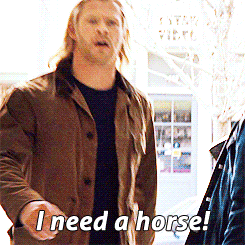 The 1,700 vertical feet steep descent over uneven boulders then the long flat walk balancing on river rocks to Pheriche took its toll on my knee and I wasn’t sure I could make another 10km. I finally bit the bullet and sent Karan on ahead to Pheriche to see if I could rent a horse to take me the rest of the way to Pangboche.
The 1,700 vertical feet steep descent over uneven boulders then the long flat walk balancing on river rocks to Pheriche took its toll on my knee and I wasn’t sure I could make another 10km. I finally bit the bullet and sent Karan on ahead to Pheriche to see if I could rent a horse to take me the rest of the way to Pangboche. 

















































































































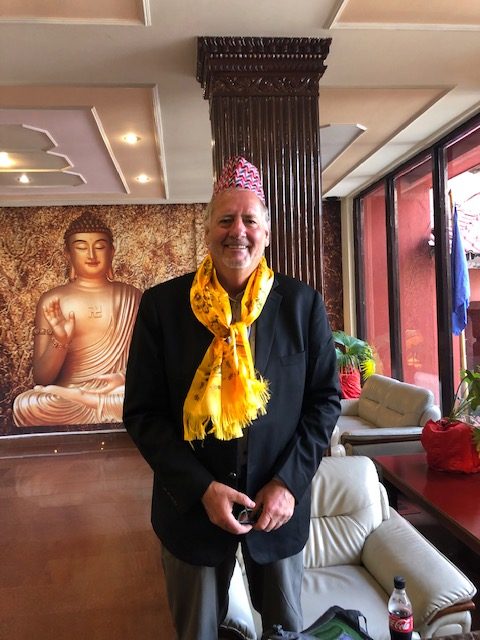



































































































































































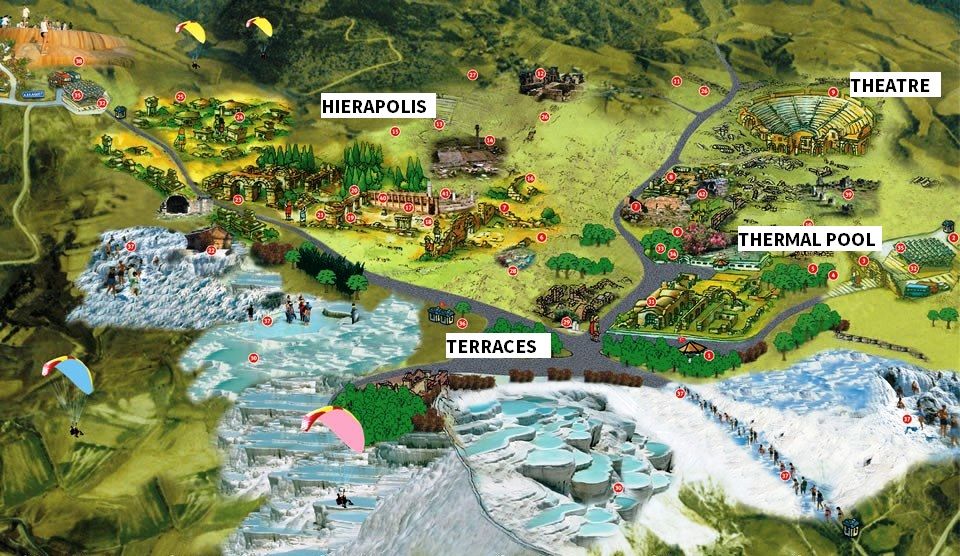
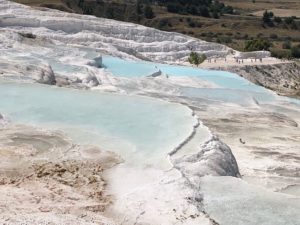





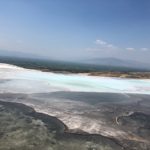






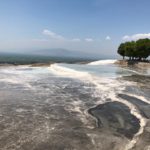
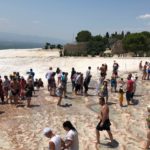

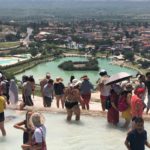
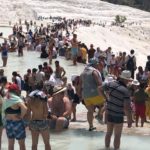
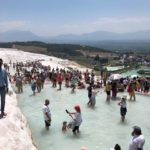
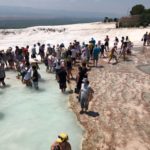
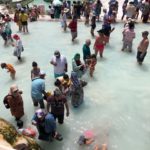

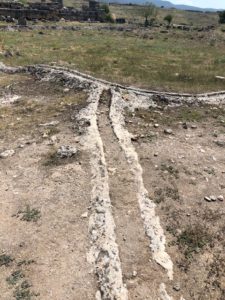
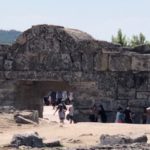
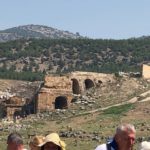


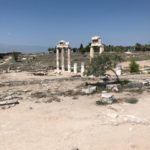

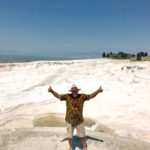

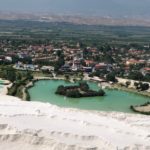
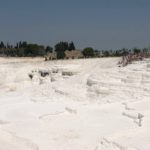
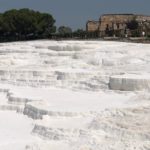
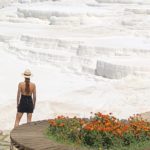


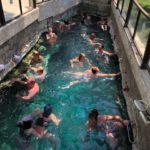
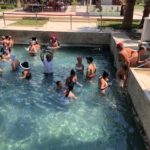
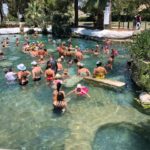
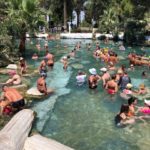
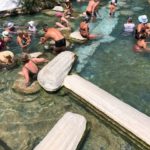
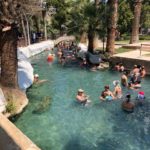

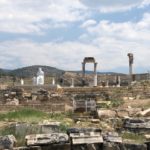
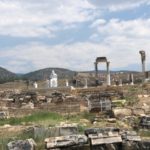

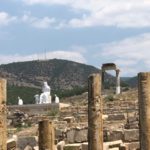
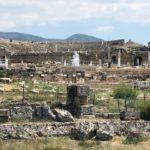
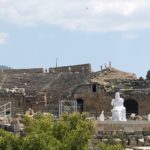
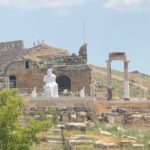
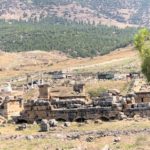





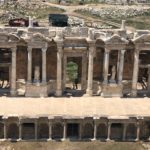




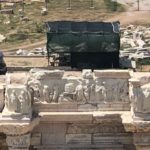

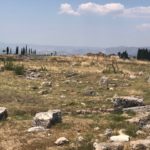
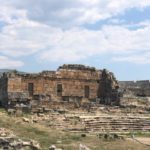
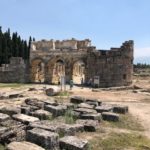
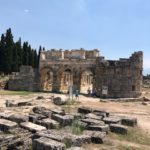
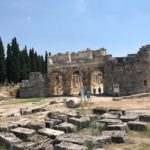
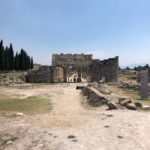
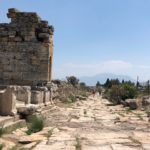
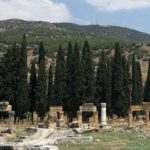


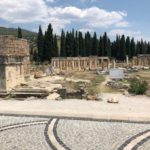


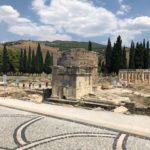

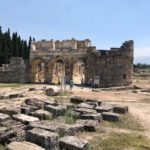
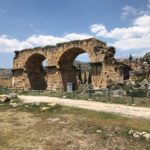


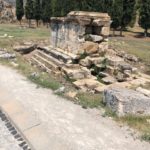
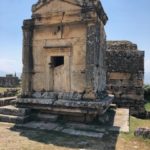
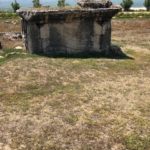
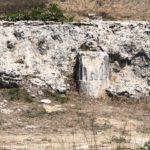
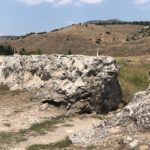
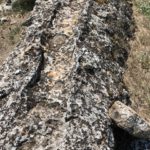
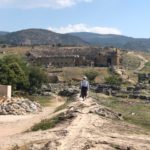
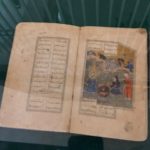
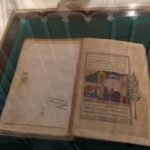
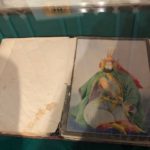


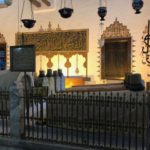

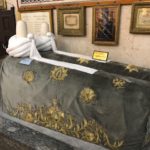


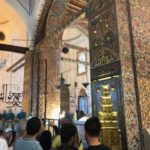











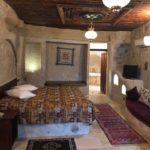
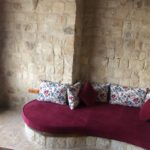







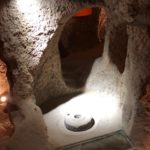














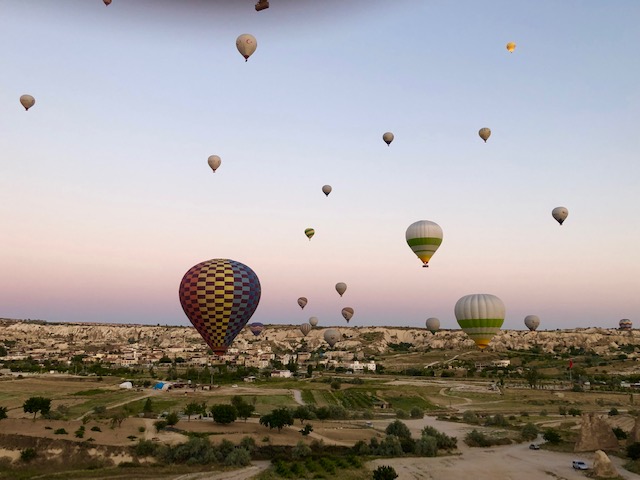

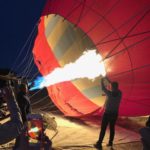

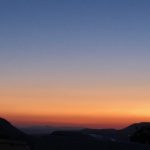
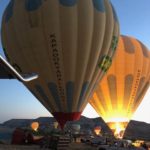
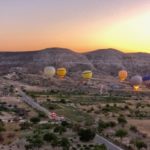


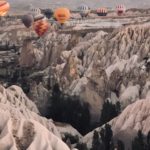
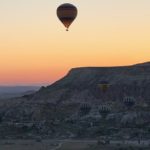




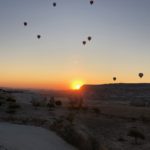












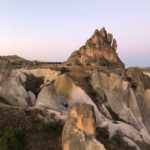
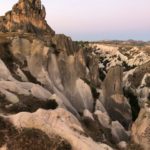
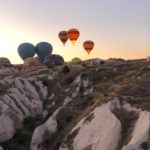

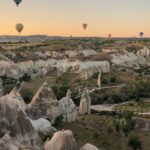
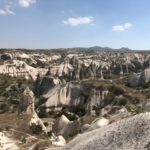
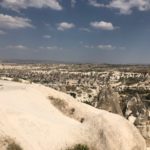
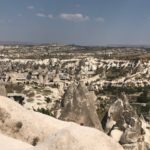

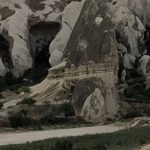

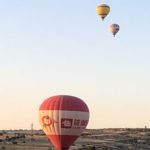
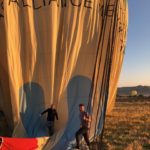

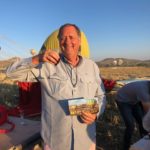


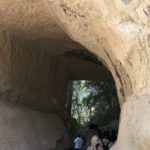














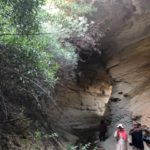

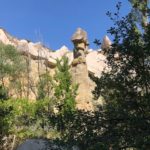

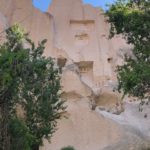






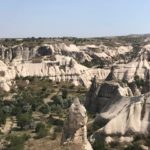

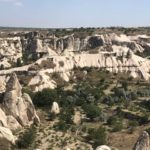

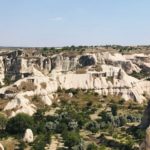

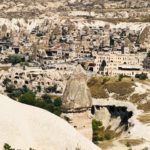
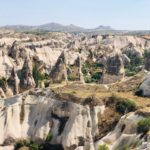


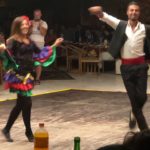











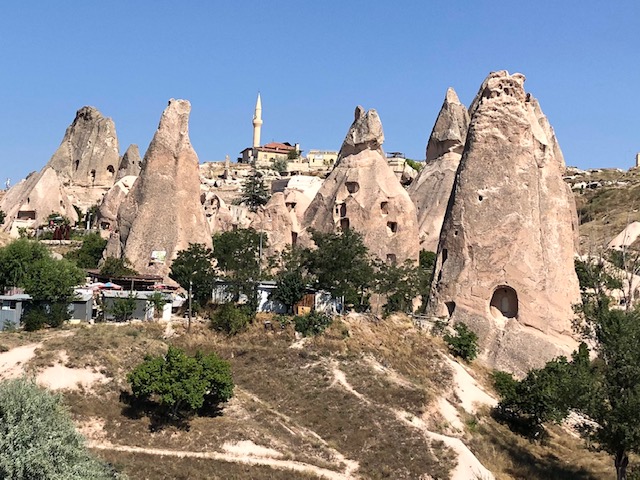
































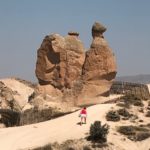

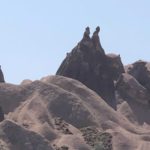
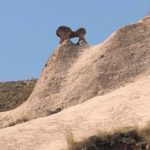











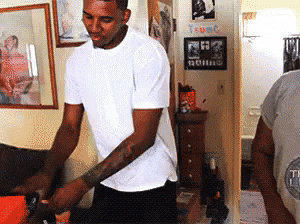 One last amusing moment during this leg of my Turkey Tour involved a small language misunderstanding. After dinner in Pamukkale, I stopped by the garden bar of my hotel for a beer and to watch the entertainment provided by a wedding party. As I was placing my order for a beer the waiter said “one beer Rockie?” And I said, Yes and wondered how he knew my name? He came back and asked for clarification, “Beer, one or two Rockie?” To which I said, I may drink two but let’s bring them one at a time. Which seemed to confuse him but he spoke very little English and I speak no Turkish.
One last amusing moment during this leg of my Turkey Tour involved a small language misunderstanding. After dinner in Pamukkale, I stopped by the garden bar of my hotel for a beer and to watch the entertainment provided by a wedding party. As I was placing my order for a beer the waiter said “one beer Rockie?” And I said, Yes and wondered how he knew my name? He came back and asked for clarification, “Beer, one or two Rockie?” To which I said, I may drink two but let’s bring them one at a time. Which seemed to confuse him but he spoke very little English and I speak no Turkish.